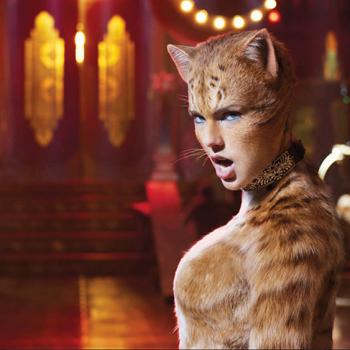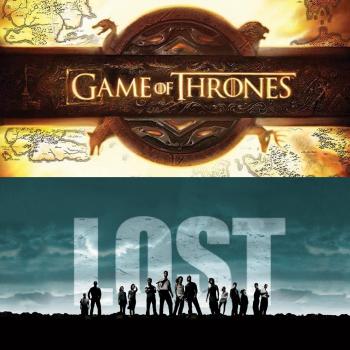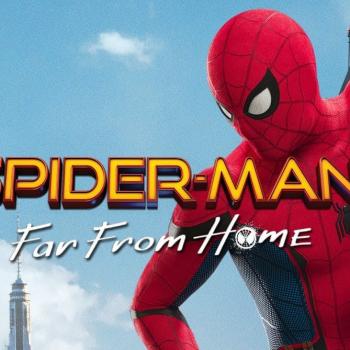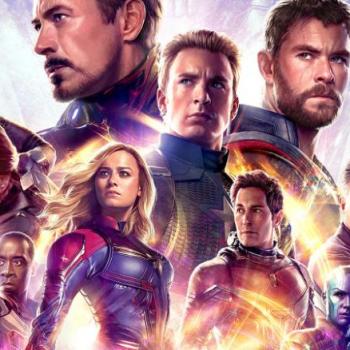I’m working on an article for you all about just why you may have hated Vice Admiral Holdo (I mean, besides her wardrobe), but in the meantime I invite you to read my in-depth analysis of the narrative of failure in the Star Wars franchise – compleate with gifs!
We don’t like to talk about failure much in our modern day myths. Going in to see Wonder Woman or the latest Avengers flick, or just about any sci-fi franchise, we enter knowing that the good guys are going to win, and the bad guys are going to lose. We enter knowing that our screen will be divided up, unambiguously, between “good” and “bad” – the light and dark side of the force, Heaven and Hell, Indiana Jones and face-melting Nazis, Browncoats and the Alliance – hell, even Gryffindor vs. Slytherin.
We like our myths like we like our brandy: neat.
…Looking at success/failure in the other storylines, some complain that because Luke Skywalker has aged and become the whiny mentor instead of the kick-ass hero, he has failed. (They apparently don’t remember the whiny kid from Tattooine in A New Hope.) And, indeed, Luke has failed: failed who he could have been, failed Kylo Ren by doubting there was goodness in him, failed Rey by refusing to be her Yoda…just as he failed Yoda by running away from his training in The Empire Strikes Back all those years ago.
Yet, like the heroes of old, Luke can always learn, always change, always grow. He can be humble enough to listen to Yoda, even when he fails at destroying the Jedi tree. He can fail to survive, in order to allow his sister to live. He can “fail” being the ur-hero, and allow a new generation to take their places in life.
 Image courtesy of Disney Films 2017.
Image courtesy of Disney Films 2017.
Want to tell the Pop Feminist what to review next? Become my patron on Patreon!













